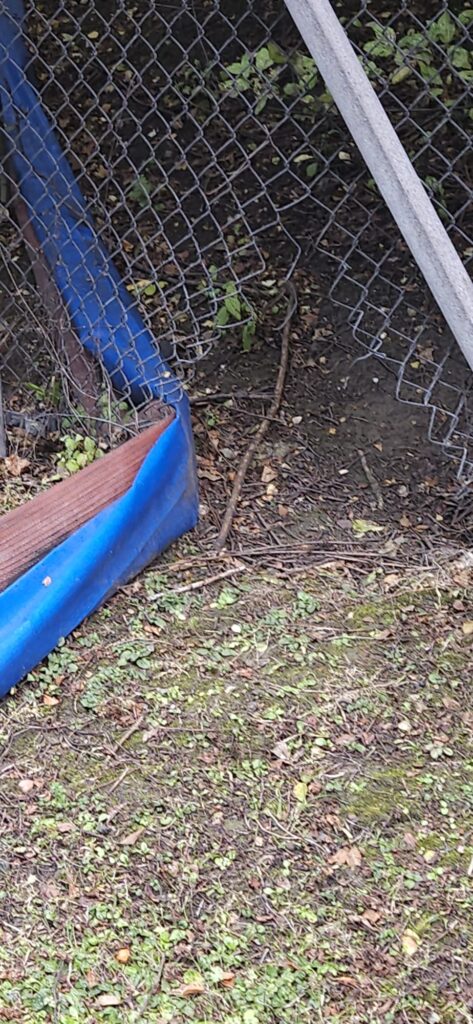
Physical Site Penetration Testing
How Secure Is Your Site — Really?
Before you assume your site is protected, let us try to get in.
At MW Global Security, our physical penetration testing service simulates real-world intrusions to uncover overlooked vulnerabilities in your security setup. From weak fencing and exposed gates to blind spots and impersonation risks, we test how easily an intruder could breach your perimeter — then give you the tools to stop it.
This is proactive protection, not reactive reporting. All findings are evidence-based, risk-rated, and professionally documented — giving you clarity, control, and compliance.
Physical Site Penetration Testing
Test Your Site Before Someone Else Does!
How secure is your site really? At MW Global Security, we deliver professional physical penetration testing services to uncover weaknesses in your security before they are exploited. From offices to critical infrastructure sites, we test how easily unauthorised individuals could gain entry, bypass systems, or access sensitive areas.
This isn’t a paperwork exercise. Our team carries out realistic, controlled attempts to breach your security using common tools and social tactics. The findings are documented with photographic evidence and accompanied by a full risk assessment.
“If we can get in, so can they. The goal is to find out how before it’s too late.”
What Is Physical Penetration Testing?
Penetration testing (“pen testing”) is a proactive, ethical attempt to breach your site’s physical defences. Unlike traditional audits, this test simulates how a real intruder would approach your site. We assess deterrence, detection, delay, and response using:
The purpose is not to embarrass or shame but to equip you with the knowledge to fix exploitable weaknesses before they are used maliciously.
What We Test:
Each assignment is tailored to your environment, but key targets often include:
External fencing and perimeter gaps
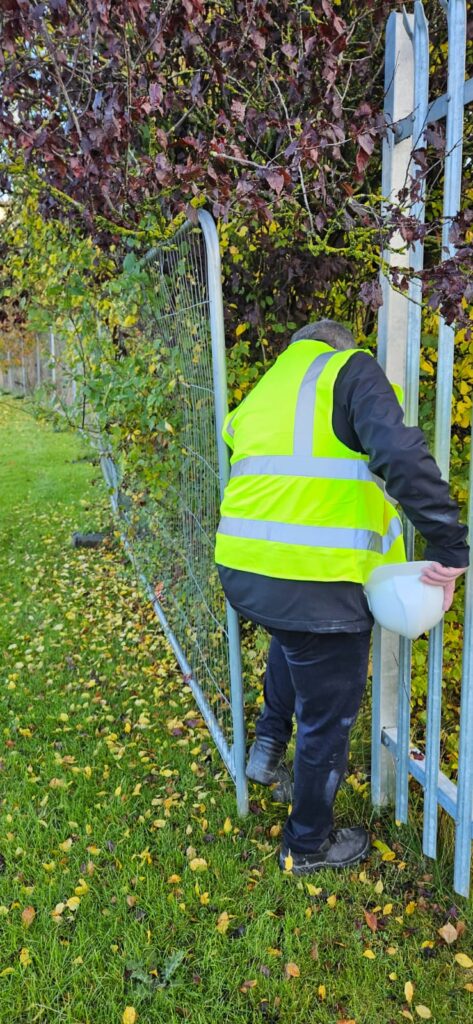
Unattended gates or maglocks
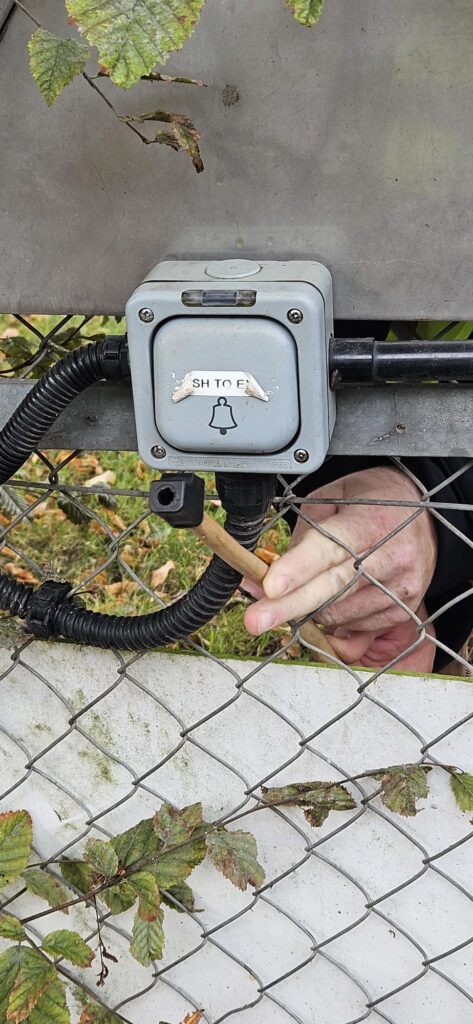
Climbable objects or skip placement
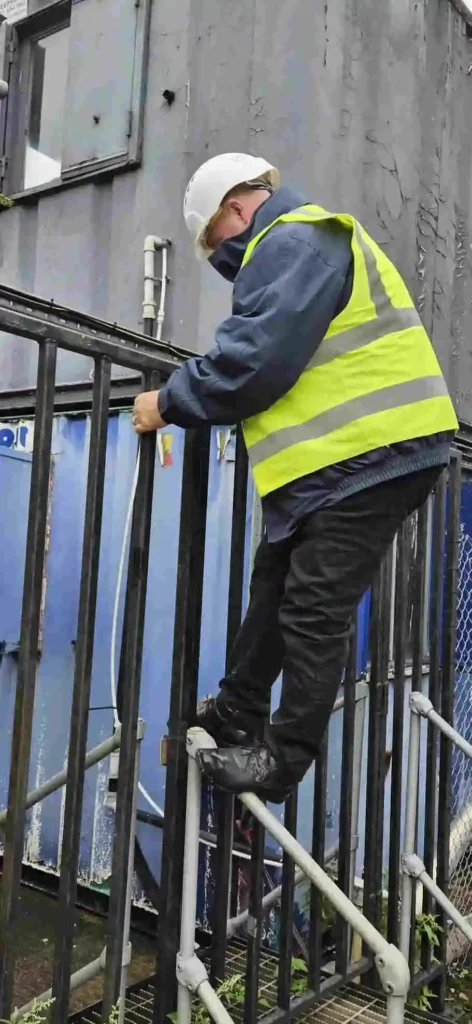
Site compound access points
Staff impersonation or delivery pretext
Blind CCTV spots or ineffective lighting
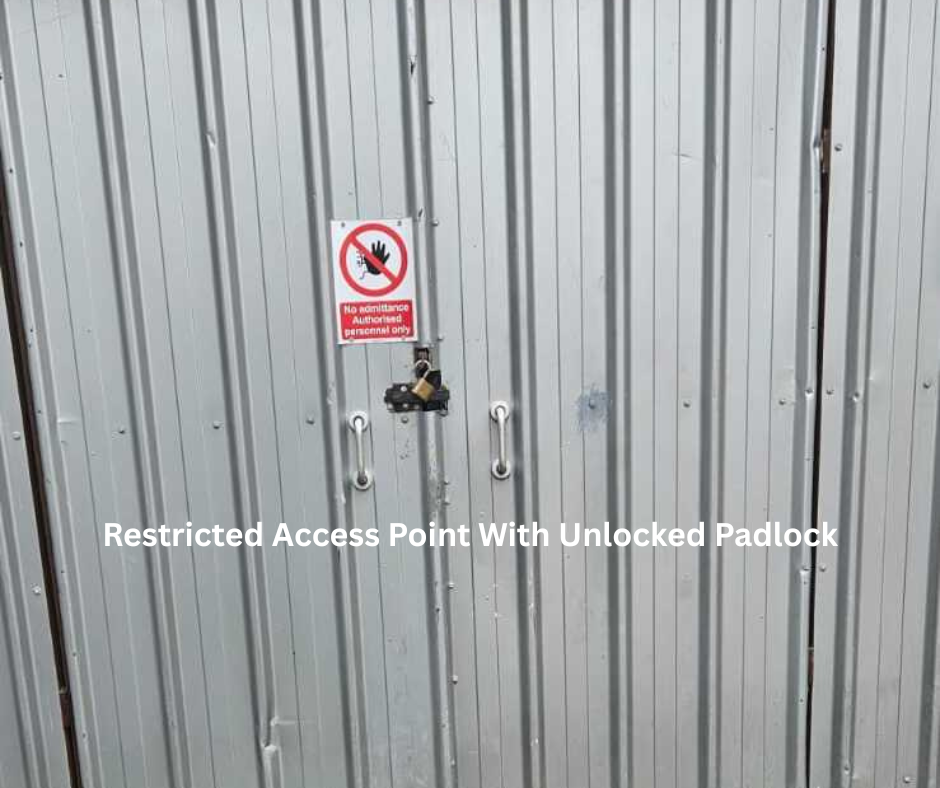
Access to restricted zones or roofs
Typical Sectors We Support:
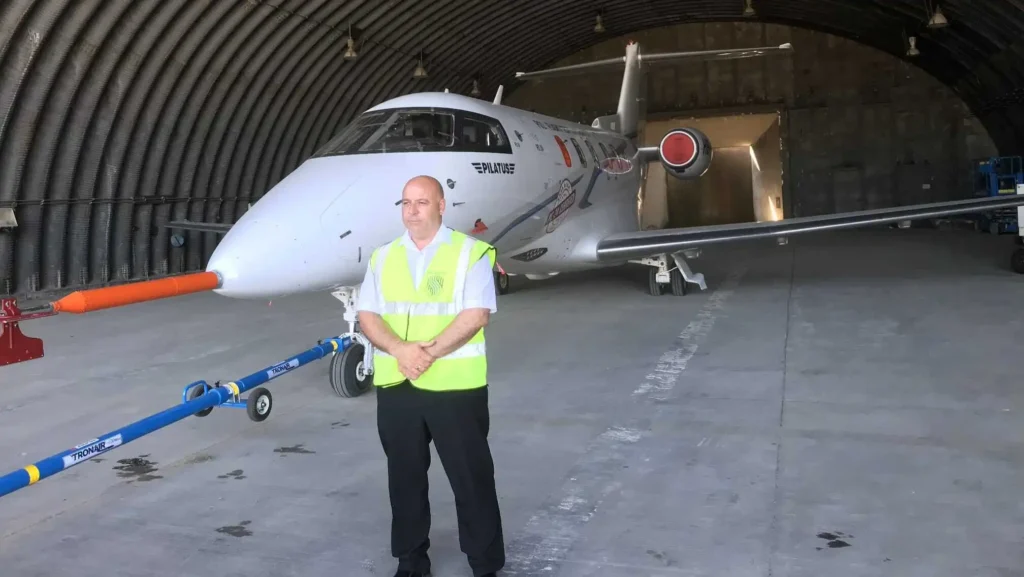
Why Choose MW Global Security?
Our Testing Process
Step 1: Site Briefing – Define objectives, scope, and restrictions.
Step 2: Observation & Planning – Identify site rhythms, shift changes, and possible entry points.
Step 3: Controlled Intrusion – Test entry points using social tactics and tools.
Step 4: Evidence Collection – Photos, timestamps, and notes of all vulnerabilities found.
Step 5: Reporting – You receive a full professional report with risk scores and recommended improvements.
Step 6: Post-Test Support & Action Planning (Optional)
We don’t just hand over a report — we help you act on it.
Our team can assist with debriefing, risk prioritisation, remediation planning, and aligning improvements with Martyn’s Law and ProtectUK guidance. This ensures your organisation has a clear, actionable path to enhanced security and compliance.
Frequently Asked Questions About Physical Site Penetration Testing
Yes. All testing is carefully scoped in advance, and we follow strict safety protocols. We do not cause damage or disruption and always operate within agreed boundaries.
That’s up to you. We can run covert tests to assess real-world awareness or conduct an announced audit for formal compliance documentation.
Yes. Physical penetration testing supports the requirements of Martyn’s Law (Terrorism Protection of Premises Duty) by identifying vulnerabilities and contributing to your formal risk assessment and action planning.
Absolutely. Our methodology reflects current ProtectUK principles and CPNI physical security standards. We focus on practical deterrence, detection, delay, and response.
Yes. You’ll receive a professionally written, timestamped report with risk ratings, photographic evidence, and clear recommendations — suitable for compliance, tendering, or insurance documentation.
Yes, if needed. We offer optional follow-up support to help you prioritise actions, understand risk ratings, and align improvements with compliance requirements such as Martyn’s Law. This can include on-site debriefs, planning sessions, or further consultancy.
Penetration testing is most effective when paired with a site security audit, which identifies procedural and structural weaknesses before testing begins.
Learn how this service integrates into our wider security consultancy programme for full-spectrum site protection and compliance.
